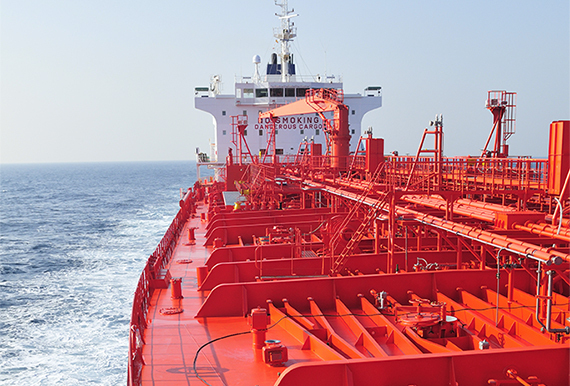More news
- Ask Joe Powder – October 2024
- Chinese paint majors look to domestic consumer sales as commercial real estate slumps
- Architectural coatings in Nepal and Bhutan
- A wild ride for U.S. construction and housing: Coatings and adhesives opportunities in 202...
- Levant paint industry and market marred by armed conflict and civil turmoil

PPG has launched Phenguard® 985 phenolic epoxy tank lining, which represents a significant breakthrough for the marine and tank storage sectors. The premium tank lining is designed to deliver extremely high chemical resistance to a wide range of aggressive chemicals and higher temperature resistance for chemicals that contain fatty acids.
"The latest addition to our PPG Phenguard range, PPG Phenguard 985 tank lining features a patent-pending formulation that can be applied in two or three coats instead of the traditional three coats without compromising chemical resistance,” said Bart Martens, PPG Global Product Manager, Chemical Protection, Protective and Marine Coatings. "This gives asset owners and contractors flexibility to apply their preferred coating system build-up while having full confidence in the end result.”
PPG Phenguard 985 tank coating has outstanding chemical resistance to thousands of chemicals. Its key value is in the protection it offers to more than 300 different cargoes that are composed of, or contain, fatty acids. These highly aggressive chemicals can cause problems for operators, as the temperature window required for their storage can be narrow and difficult to manage. As a result, temperature overshoots are a regular risk and can jeopardise the efficacy of the tank lining, leading to additional expense. To combat this, PPG Phenguard 985 tank lining has been specifically designed to accommodate an extended temperature window.
"In an increasingly competitive operating environment for asset owners, PPG Phenguard 985 creates the opportunity to reduce tank lining application and servicing costs while also maximising cargo opportunities,” Martens said. "As well as the initial application cost savings from moving from three to two coats, the liner’s higher thickness tolerance reduces the need for costly rework in case of over-application.”



